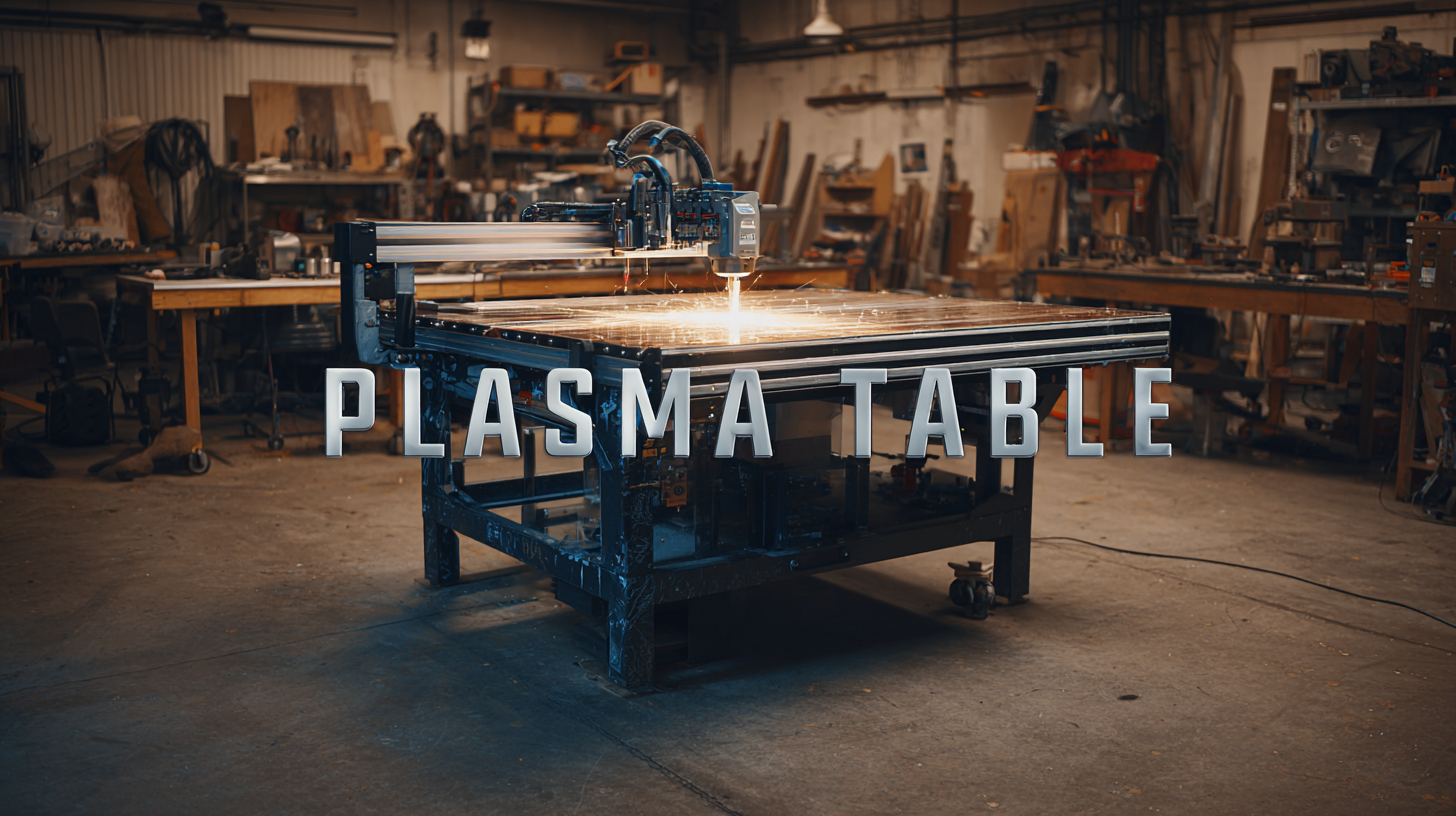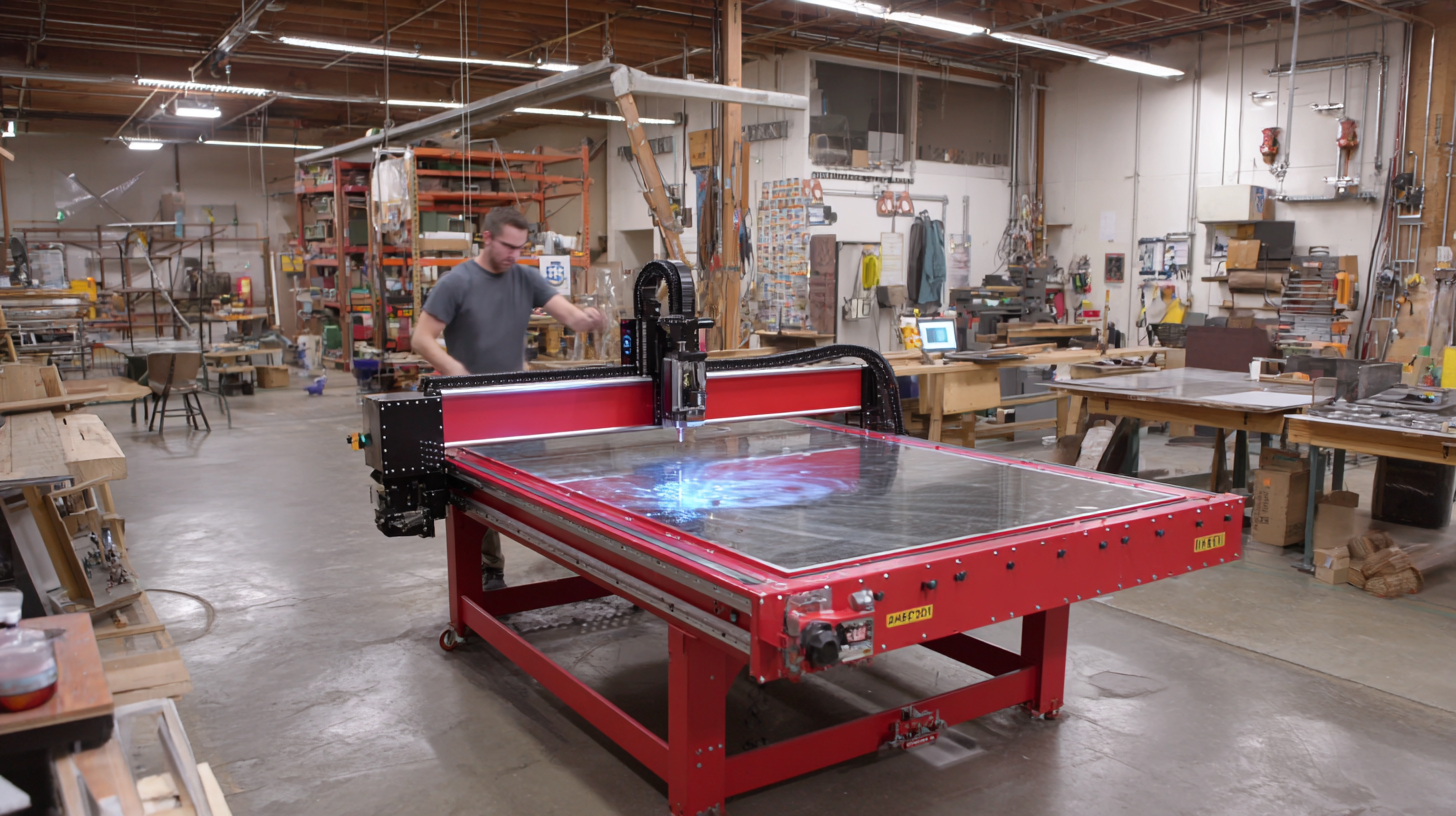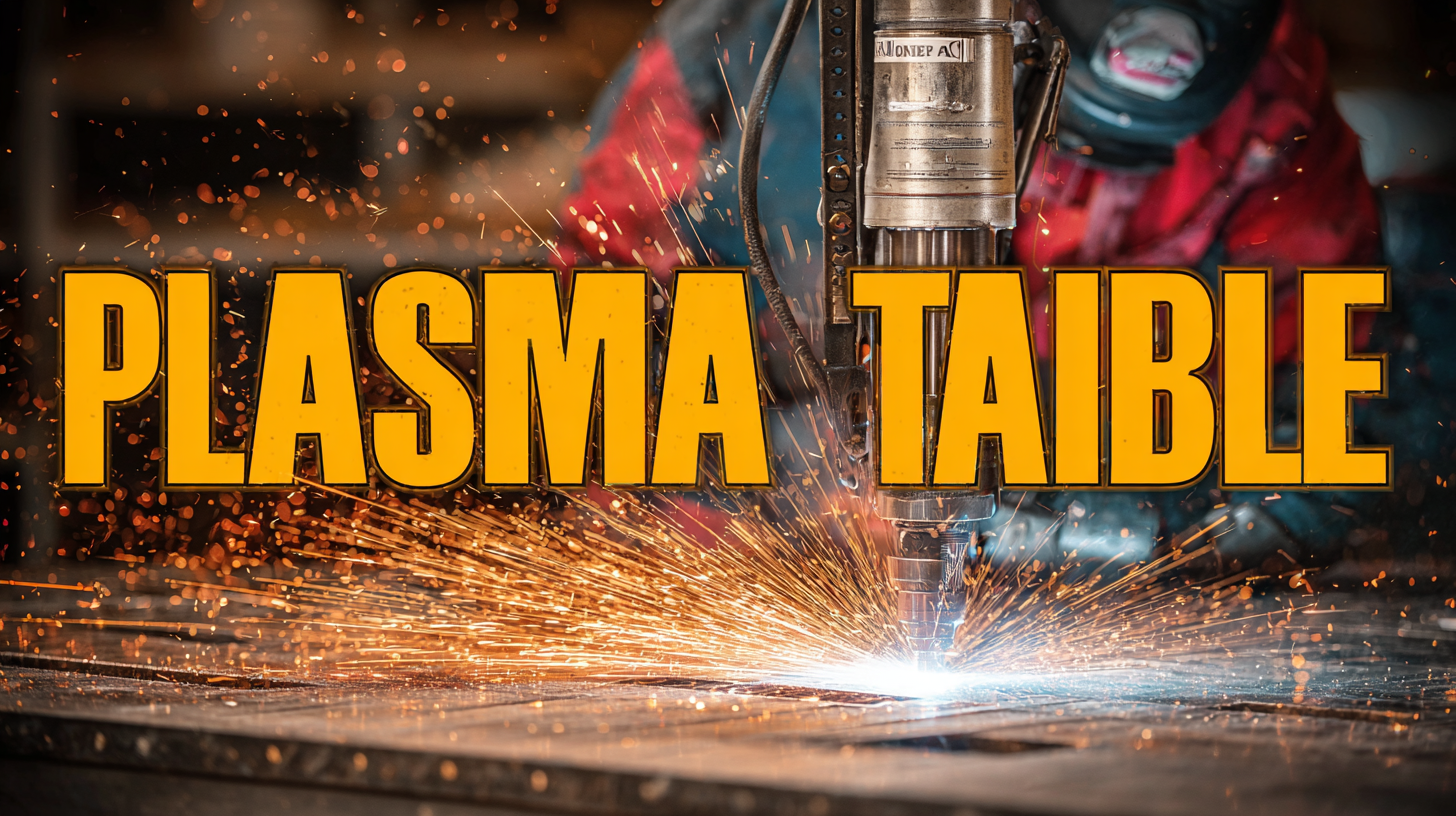How to Choose the Best Plasma Table for Your Business Needs
In the rapidly evolving landscape of metal fabrication, choosing the right Plasma Table is critical to optimizing production efficiency and maintaining competitive advantage. According to a market analysis by Industry Research, the global CNC plasma cutting machine market is projected to reach USD 5.2 billion by 2025, growing at a CAGR of 5.3%. This growth underscores the increasing dependence of businesses on advanced cutting technologies to enhance accuracy and reduce operational costs. Furthermore, a report from Technavio highlights that 35% of manufacturers are significantly investing in upgrading their cutting equipment to support higher precision and versatility in production. As such, understanding the detailed technical specifications of Plasma Tables, such as cutting capacity, power consumption, and software compatibility, is essential for business owners aiming to align their equipment choices with their specific needs and future growth potential.

Understanding Plasma Table Technology: Key Features and Benefits for Businesses
When selecting a plasma table, understanding the technology and its key features is crucial for maximizing business efficiency. Plasma cutting technology has evolved significantly, with modern machines offering enhanced precision and speed. According to a report by MarketsandMarkets, the global plasma cutting equipment market is projected to reach $7.5 billion by 2026, driven by increasing demand across various industries, including manufacturing and construction. This growth underscores the need for businesses to invest in high-quality plasma tables that can deliver consistency and cut down operational costs.
Key features to consider include cutting speed, table size, and automation capabilities. Advanced plasma tables can cut through materials at speeds ranging from 20 to 200 inches per minute, significantly reducing production time. A study from TechSci Research highlights that automated plasma systems can improve productivity by up to 30% compared to manual operations. Furthermore, plasma tables equipped with advanced software and user-friendly interfaces enable seamless integration into existing workflows, allowing businesses to adapt quickly to changing demands. Understanding these features not only aids in making an informed purchase decision but also positions a business competitively in the market.

Evaluating Supplier Reputation: Importance of Reviews and Industry Certifications
When choosing a plasma table for your business, evaluating supplier reputation is crucial. The credibility of a supplier can significantly impact the quality and reliability of the equipment you invest in. One effective way to gauge a supplier's reputation is by examining customer reviews. Authentic feedback from previous clients can provide insights into the performance and durability of the plasma tables offered, helping you to make an informed decision.
Additionally, industry certifications play a vital role in supplier evaluation. Certifications from recognized organizations indicate that the supplier adheres to high standards of quality and performance. These credentials not only enhance credibility but also suggest that the supplier is committed to ongoing improvements and customer satisfaction. When assessing potential suppliers, prioritize those with solid reviews and relevant industry certifications, as this will help ensure that your investment in a plasma table meets your business needs effectively.
Evaluating Plasma Table Suppliers: Customer Satisfaction Ratings
This bar chart illustrates the customer satisfaction ratings of various plasma table suppliers based on user reviews and industry certifications. Each rating represents the average score out of 5 based on customer feedback.
Cost vs Quality: Analyzing the Return on Investment for Plasma Tables
When evaluating the purchase of a plasma table for your business, understanding the balance between cost and quality is crucial for achieving a favorable return on investment (ROI). According to a recent report by IBISWorld, the plasma cutting machine market is projected to reach $2.1 billion by 2026, indicating a growing demand for efficient and cost-effective solutions. Investing in a high-quality plasma table may initially seem more expensive, but it can lead to significant savings in operation costs and maintenance over time. Studies show that businesses using high-precision plasma tables report a 20% increase in productivity, which often outweighs the initial financial outlay.
Furthermore, the long-term benefits of investing in reliable equipment can be substantial. The National Institute of Standards and Technology (NIST) emphasizes that businesses utilizing advanced plasma technology experience up to a 30% decrease in material waste, enhancing overall profitability. As manufacturers increasingly prioritize efficiency, those opting for lower-quality tables may face higher operational costs, frequent downtimes, and potential loss of competitive edge. Therefore, analyzing the cost versus quality in your plasma table selection can significantly impact your business's profitability and sustainability in the long run.
Comparative Analysis: Different Plasma Table Brands and Their Market Performance
 When selecting a plasma table for your business, understanding the market performance of different brands is crucial. Brands such as Hypertherm, Miller, and Lincoln Electric dominate the industry, each offering unique features and performance metrics. Hypertherm, known for its precision and efficiency, has an impressive market reputation, often preferred by professionals who prioritize high-quality cuts and reliability. On the other hand, Miller provides user-friendly interfaces and robust customer support, making it an attractive choice for newcomers and established businesses alike.
When selecting a plasma table for your business, understanding the market performance of different brands is crucial. Brands such as Hypertherm, Miller, and Lincoln Electric dominate the industry, each offering unique features and performance metrics. Hypertherm, known for its precision and efficiency, has an impressive market reputation, often preferred by professionals who prioritize high-quality cuts and reliability. On the other hand, Miller provides user-friendly interfaces and robust customer support, making it an attractive choice for newcomers and established businesses alike.
Another key player is Lincoln Electric, which combines innovative technology with strong performance in heavy-duty applications. Their machines are particularly favored in industries requiring rugged reliability and high throughput. By conducting a comparative analysis of these brands, businesses can gauge not only the upfront costs but also the long-term value in terms of operational efficiency and maintenance needs. Ultimately, choosing the best plasma table involves considering how each brand's performance aligns with your specific production requirements and application demands.
Customization Options: How Tailored Solutions Can Enhance Your Business Efficiency
When selecting the right plasma table for your business, customization options can play a crucial role in enhancing operational efficiency. Tailored solutions allow businesses to address specific needs and optimize workflow. For instance, consider the types of materials you'll be cutting and their dimensions. A plasma table that can be customized in size will ensure more effective use of space and resources.
Tips for customization include evaluating additional features like automated loading systems or advanced software that integrates with your current workflow. These tools can seamlessly connect to your design processes, minimizing setup time and increasing precision. Furthermore, flexibility in settings allows for quicker adjustments for various projects, saving time and labor costs.
Another important aspect is the choice of torch and plasma cutting technology. Different industries may require unique features, such as higher power for thicker materials or precision for fine cuts. Engage with manufacturers to explore options that best suit your production demands, ensuring the plasma table not only meets your current requirements but also adapts to future growth.